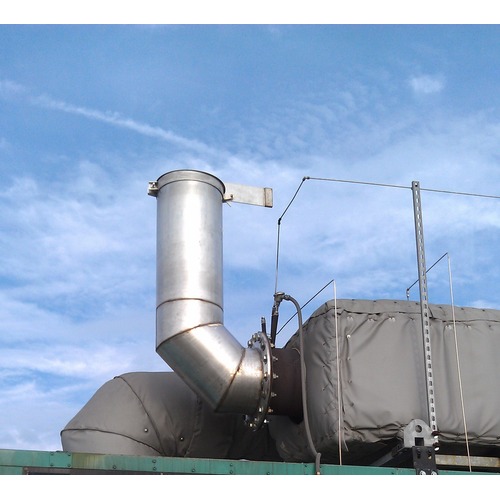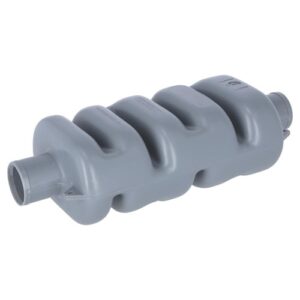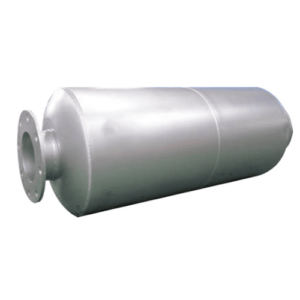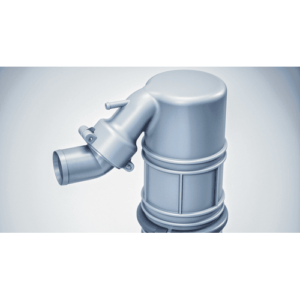Key Features of Emission Control System
1. Components and System Architecture of Emission Control System
An emission control system typically includes a scrubber, selective catalytic reduction (SCR) unit, diesel particulate filter (DPF), sensors, and control modules. These components work together to monitor, reduce, and neutralize exhaust pollutants before discharge.
2. Construction and Materials
Manufacturers use corrosion-resistant alloys and high-temperature materials like stainless steel and ceramic-coated components. These materials ensure performance stability in high-pressure and corrosive exhaust environments.
3. Pollutant Reduction Efficiency of Emission Control System
The system reduces sulfur oxides (SOx) by up to 98% using exhaust gas scrubbers and nitrogen oxides (NOx) by up to 90% with SCR technology. It also minimizes particulate matter and carbon monoxide, significantly improving exhaust quality.
4. Integration with Engine and Exhaust Systems
Engineers install emission control systems directly within the exhaust line, between the turbocharger and the outlet. Integration is smooth with both 2-stroke and 4-stroke diesel engines, whether for new builds or retrofits.
5. Monitoring and Automation Features of Emission Control System
Advanced control units monitor backpressure, temperature, and emission levels in real time. Automated dosing units manage urea injection in SCR systems or freshwater in scrubbers, ensuring precise operation and minimal crew involvement.
6. Water and Chemical Handling
In wet scrubber configurations, the system includes water treatment units that manage and neutralize scrubbing water before discharge. These closed-loop or open-loop systems follow strict MARPOL Annex VI discharge limits.
7. Maintenance and Accessibility
Technicians can access sensors, filters, and injection units through service panels. Regular flushing, media replacement, and sensor calibration ensure continued compliance and minimal performance degradation over time.
8. Compliance and Certifications
All emission control systems comply with IMO Tier III, MARPOL Annex VI, and EU Stage V regulations. Units are approved by DNV, ABS, Lloyd’s Register, and other classification societies for use on international voyages.



